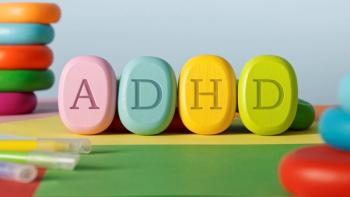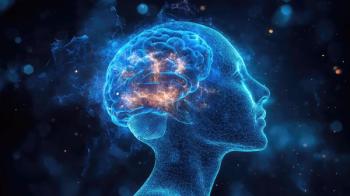
- Vol 37, Issue 5
- Volume 37
- Issue 5
Understanding Child Maltreatment
Without normative attachment, children can move into their middle years without the tools to succeed in peer relationships, school, and extracurricular activities, opening the door to perils in adolescence.
The Child Abuse Prevention and Treatment Act defines child abuse and neglect as “Any recent act or failure to act on the part of a parent or caretaker which results in death, serious physical or emotional harm, sexual abuse or exploitation; or an act or failure to act, which presents an imminent risk of serious harm.”1 Each state sets its own definitions of child abuse and neglect within the standard of federal law.
There were about 4.3 million
The child’s developmental age during maltreatment exposures is an important consideration in assessment, diagnosis, and treatment. There are likely sensitive developmental periods that affect risk for psychopathology.3 For instance, maltreatment exposure during infancy and early childhood
Without normative attachment, children can move into their middle years without the tools to succeed in peer relationships, school, and extracurricular activities. In adolescence, the impact of earlier maltreatment increases the likelihood of risk-taking behavior and subsequent health effects, including risky sexual behavior leading to sexually transmitted diseases, substance use, and suicide attempts. Subsequently, the increased risk of health and mental health problems persists through adulthood.5 Because of these potential long-term effects, obtaining a comprehensive social history, including maltreatment exposures and the characteristics of subsequent environments, is important when conducting a comprehensive psychiatric assessment and considering treatment approaches.
Disclosures:
Dr Scheid is Associate Professor, Department of Psychiatry, Michigan State University, East Lansing, MI and Medical Consultant to the Michigan Department of Health and Human Services, Children’s Services Agency.
References:
1. CAPTA Reauthorization Act of 2010 (P.L. 111-320)
2. US Department of Health & Human Services, Administration for Children and Families, Administration on Children, Youth and Families, Children’s Bureau. Child Maltreatment 2018. Available at: www.acf.hhs.gov/cb/research-data-technology/statistics-research/child-maltreatment. Accessed April 14, 2020.
3. Teicher M, Samson J. Childhood maltreatment and psychopathology: a case for ecophenotypic variants as clinically and neurobiologically distinct subtypes. Am J Psychiatry. 2013;170:1114-1133.
4. Pynoos RS, Steinberg AM, Layne CM, et al.
5. Sege RD, Amaya-Jackson L, et al. Clinical considerations related to the behavioral manifestations of child maltreatment. Pediatrics. 2017;139:e20170100.
Articles in this issue
over 5 years ago
Early Mortality in SMI: Federal and State Policy Initiativesover 5 years ago
What Leonard Cohen Can Teach Us About Depressionover 5 years ago
Orthorexia Nervosaover 5 years ago
A Question of Characterover 5 years ago
Special Issues for Patients With SUDs Undergoing Surgeryover 5 years ago
Challenges and Strategies in Foster Careover 5 years ago
Care of the Soul in the Time of COVID-19Newsletter
Receive trusted psychiatric news, expert analysis, and clinical insights — subscribe today to support your practice and your patients.














